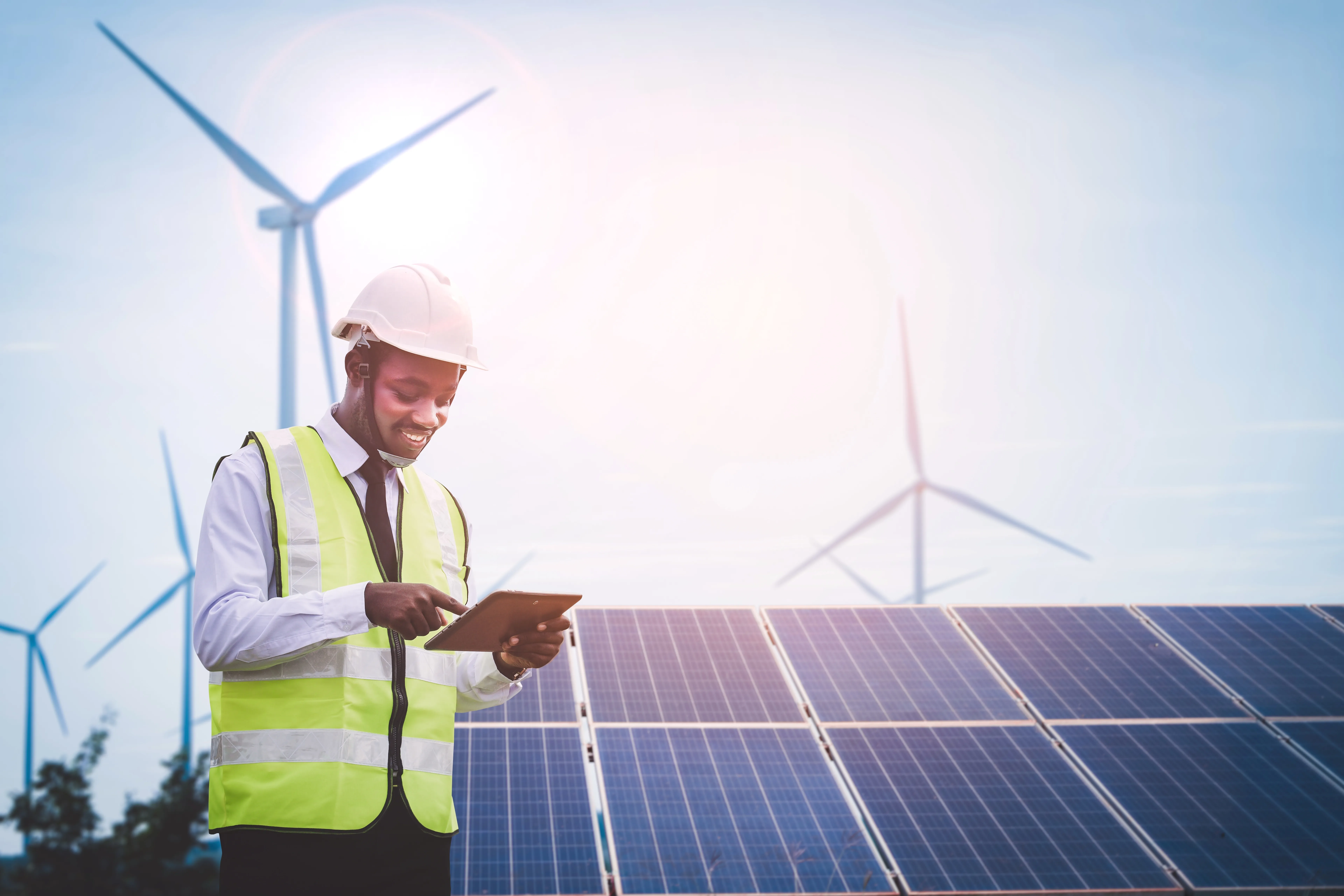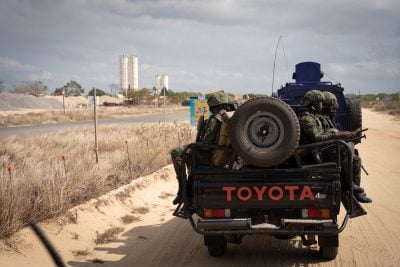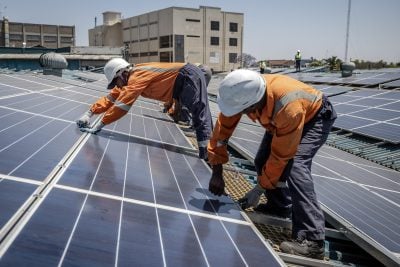Africa’s electricity distribution systems are in flux. While some countries in Northern and Southern Africa enjoy relatively high levels of energy access, sub-Saharan Africa is still lacking.
With the continued proliferation of energy storage and distributed renewables, however, Africa is poised to vault to the forefront of the deployment of distributed generation. Sub-Saharan Africa can actually capitalise on the fact energy access is well below 50%; because there has not been significant investment made in existing infrastructure, it is still a blank slate.
Some countries have developed centralised generation with transmission systems and power pools along with unidirectional distribution systems to ensure that power gets to households, but very little of that is in place in sub-Saharan countries, and even less so in rural areas. Therefore, to configure a grid that is bidirectional, distributed and transaction-based should be an easier task.
Overcoming barriers to energy access in Africa
Major barriers to energy access on the African continent include legislation, financing, ownership regulations and lack of confidence in metering. In terms of conglomerated, vertically integrated, state-owned utilities, for example, many international jurisdictions are evolving toward a more disaggregated power sector, decoupling key areas of the industry, defining individual institutions for each area and succinctly defining the roles and responsibilities for each of these institutions. Independent licensing, allowing entities to connect more flexibly to the grid and the definition and implementation of net metering are other key reforms.
As energy systems evolve, further changes to legislation may be required to allow the operation of independent mini-grids and the ability to “island” from the main grid. These will be essential for rural electrification and deeper penetration of renewable energy across sub-Saharan Africa.
Continued progress towards electrification involves encouraging individual and private sector participation. This requires defining rules and rates for connecting to and supplying the grid with power; commonly called feed-in tariffs (FITs). Currently, FIT rates are often tiered, addressing generation less than 100 KW, between 100 KW and 1 MW and greater than 1 MW separately due to their differing requirements.
Introducing net metering, therefore, is a helpful step, as it provides a consistent basis by which to evaluate the contribution of a generator towards fulfilment of the contract. Sealed and verifiable metering provides confidence to both the utility and the generator owner. Features such as energy storage, reactive power support and the ability to transact between parties can be added as the grid and the electricity framework evolves.
Kenya provides a blueprint for Africa
With a goal of powering the country with 100% renewables, Kenya has made significant changes to its electricity landscape that can act as a blueprint for other nations.
Kenya’s energy reform journey commenced around 1996 with the decoupling of generation from transmission and distribution; a process that accelerated following the 2008 release of the Kenya Vision 2030 strategy, which placed energy at the centre of the country’s development plan and led to the separation of each area of the power sector into its own entity.
In 2018, the government launched the Kenya National Electrification Strategy, which promotes private participation in off-grid solutions and stand-alone systems. And in 2019 the Energy Act made further steps towards a modern grid, consolidating existing legislation and setting out laws and regulations regarding the production, generation, transmission, distribution and sale of energy while also regulating the use of traditional fossil fuels.
While issues still exist around financing mechanisms and credit facilities, and some transactions are still to be developed, the ability to obtain independent generation licensing along with the feed-in-tariff mechanism puts Kenya at the forefront of Africa’s renewable energy evolution.
As with other jurisdictions that have leveraged FITs, this has led to the development of independent power producers, deployment of storage and the provision of other grid support mechanisms. These are all precursors to developing an electricity market that can provide long-term benefits to the country and its citizens.
Varun Khanna is a data scientist, electrical engineer and consultant at Clean Energy 4 Africa.
This article originally appeared in IC Intelligence Insight 08: Africa’s Energy Transition
Want to continue reading? Subscribe today.
You've read all your free articles for this month! Subscribe now to enjoy full access to our content.
Digital Monthly
£8.00 / month
Receive full unlimited access to our articles, opinions, podcasts and more.
Digital Yearly
£70.00 / year
Our best value offer - save £26 and gain access to all of our digital content for an entire year!
 Sign in with Google
Sign in with Google 



